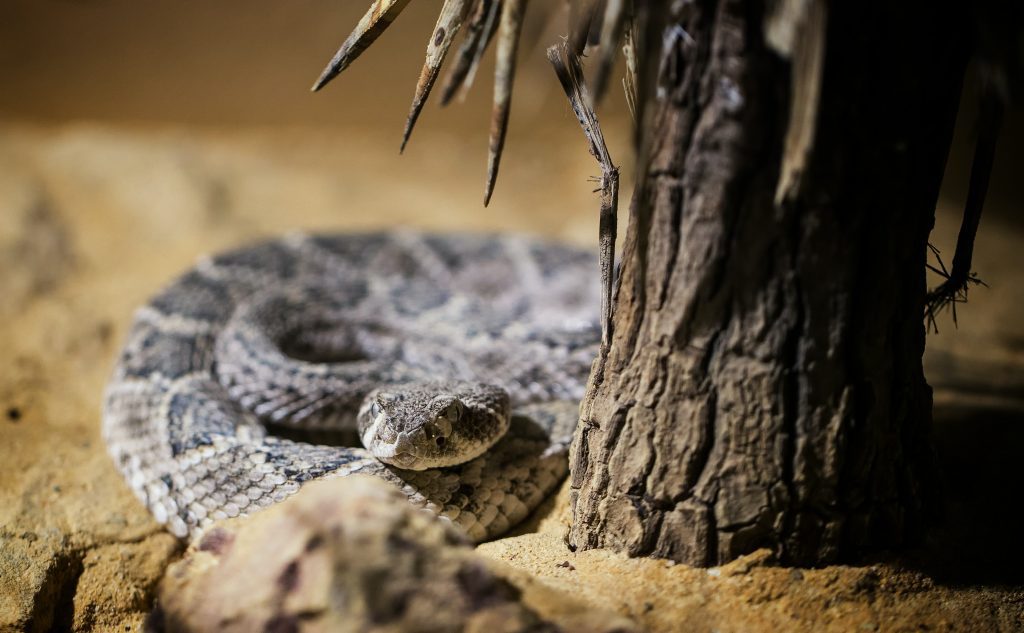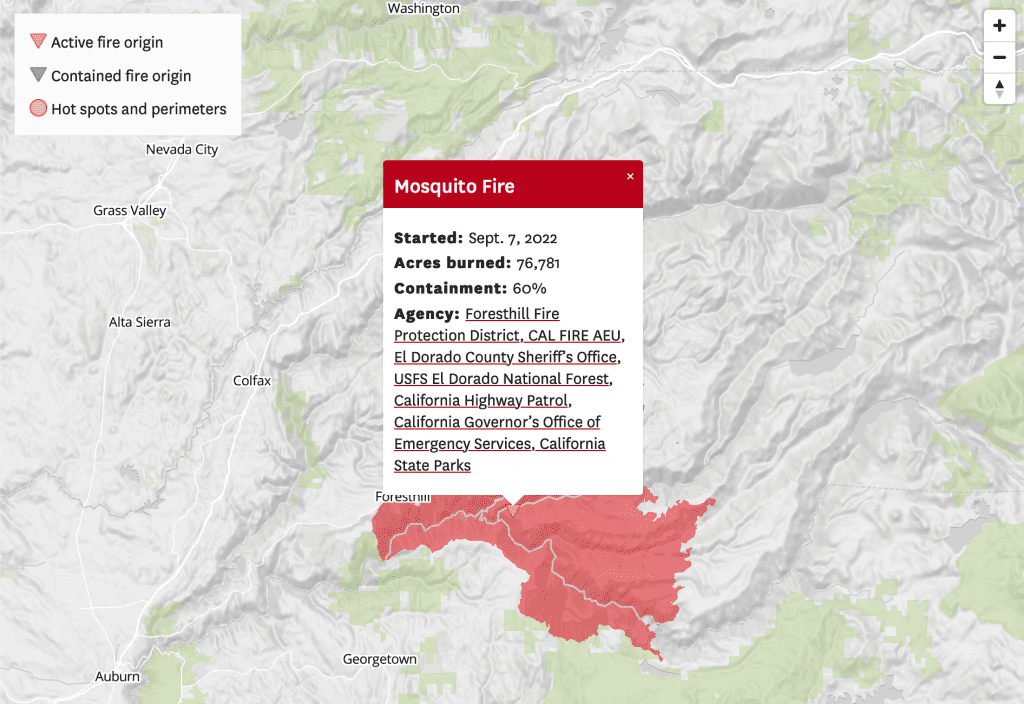Rattlesnake Bites
Teach your pets to stay away from snakes
The California Department of Fish and Wildlife identifies SEVEN native rattlesnake species in the southern region of the state. That’s A LOT of venom! The species you might encounter are:
- Western Diamondback
- Sidewinder
- Speckled rattlesnake
- Red Diamond rattlesnake
- Southern Pacific rattlesnake
- Great Basin rattlesnake
- Mohave rattlesnake
Rattlesnakes are a vital part of the ecosystems in which they live. But come springtime, when we get back outside and take our dogs for hikes on the trails in our little bit of paradise, we often stumble into that ecosystem. Rattlesnakes will rarely strike unless their provoked or threatened. Most of us are smart enough to leave a rattlesnake alone. But our dogs might not have gotten that memo from the Department of Fish and Wildlife.
Here’s some tips to make sure your furry friend doesn’t meet up meeting one of our native venomous snakes.
- If your dog does not come immediately when she is called, keep her on a leash when hiking.
- Avoid long grasses, bushes and rocks as much as possible. Stay to the hiking path.
- Snakes can strike up to a distance equal to half their body length. If you see a snake don’t walk around. Stop, turn around and head back in the direction you came.
If you think your dog has been bitten
- Stay calm, which will, in turn, keep your dog calm
- If your dog was bitten on the neck, remove his collar
- If possible, keep the location of the bite below heart level
- Seek veterinary care IMMEDIATELY
- Do not try treatment options on your own – spend your time getting to a vet!
- Do not try to kill or capture the snake
- 25% of bites are dry, meaning the snake released no venom when they struck
- 30% of bites can be classified as mild, meaning they cause local pain and swelling, but are easily treatable
- 45% are EXTREMELY serious – which is why you should seek veterinary help immediately
- There are two types of rattlesnake venom, depending on the species of snake
1) hemotoxic – most common, causes dramatic swelling which can interfere with breathing if the bite is on the face
2) neurotoxic – less common, affects the nervous system - Pets are most commonly bitten on the head and front legs
About Rattlesnake Bites

Keeping snakes from your Ecosystems
In Southern California, fire departments get calls about snakes in backyards, garages and houses all year long. But keeping snakes from your yard is pretty simple.
- Keep your yard tidy and free of undergrowth
- Don’t keep pet food and birdseed outside – it attracts rodents which in turn attract snakes



